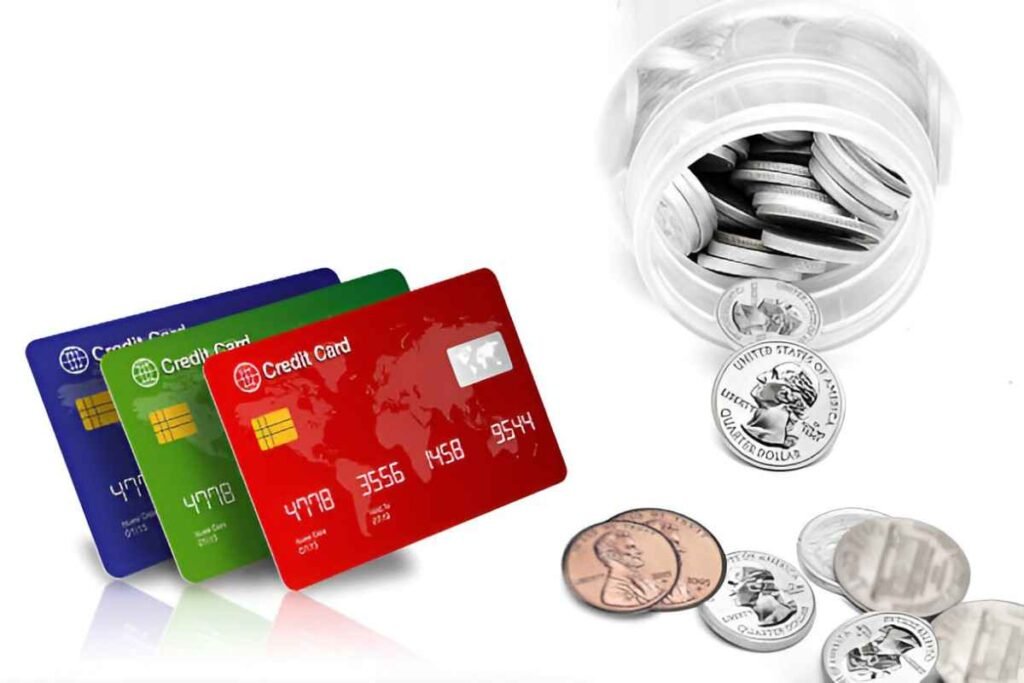A secured credit card is an option for those who want to build or rebuild their credit history. With a secured credit card, I provide a deposit that acts as collateral, and in return, I get a credit limit that matches or is based on the deposit amount. One of the lowest deposit options available in the market is the $50 deposit secured credit card.
Table of Contents
What Is a $50 Deposit Secured Credit Card?
A $50 deposit secured credit card is a financial product that allows me to open a credit account by providing a minimal security deposit of $50. This deposit reduces the lender’s risk, making it easier for me to qualify even with no credit or a poor credit history. The card works just like a regular credit card, letting me make purchases, pay bills, and build my credit when I use it responsibly.
How Does a $50 Deposit Secured Credit Card Work?
- I apply for the card: The application process usually involves a credit check, but approval is generally easier compared to unsecured cards.
- I pay a $50 deposit: This amount is held as collateral, and my credit limit is set accordingly.
- I use the card: I can make purchases up to my credit limit, which helps establish a positive payment history.
- I make timely payments: Regular, on-time payments contribute to building my credit score.
- I may get an upgrade: Some issuers offer a path to an unsecured card if I demonstrate responsible usage.
Who Should Consider a $50 Deposit Secured Credit Card?
- Individuals with no credit history
- Those looking to rebuild their credit after financial challenges
- Students or young adults starting their financial journey
- Individuals who want a low-risk way to establish credit
Pros and Cons of a $50 Deposit Secured Credit Card
| Pros | Cons |
|---|---|
| Low initial deposit requirement | Lower credit limit |
| Helps build or rebuild credit | May include annual fees |
| Easier approval criteria | Limited rewards compared to unsecured cards |
| Reports to major credit bureaus | Some issuers may have strict terms |
Credit Limit Calculation
Typically, the credit limit on a secured credit card is equal to the security deposit. However, some issuers may offer a higher credit limit based on my income and creditworthiness.
Example Calculation:
If my credit limit is based solely on my $50 deposit:
- Deposit: $50
- Credit Limit: $50
- Utilization Goal (30% Rule): $15
To maintain a good credit utilization ratio, I should aim to keep my balance below 30% of my limit, which in this case would be $15.
Fees and Interest Rates to Consider
When selecting a secured credit card with a $50 deposit, I need to be aware of the potential costs involved. Some of the common fees include:
| Fee Type | Typical Range |
|---|---|
| Annual Fee | $0 – $50 |
| APR (Interest) | 19% – 29% |
| Late Payment Fee | Up to $40 |
| Foreign Transaction Fee | 3% of the transaction amount |
How to Maximize a $50 Deposit Secured Credit Card
To get the most out of my secured credit card, I should:
- Make small, manageable purchases each month
- Pay off the balance in full before the due date
- Avoid maxing out the credit limit
- Regularly monitor my credit report for errors
- Ask the issuer about potential upgrades
Alternatives to a $50 Deposit Secured Credit Card
If I find that a $50 deposit card doesn’t meet my needs, I can explore alternatives such as:
| Alternative | Key Features |
|---|---|
| Unsecured Credit Cards | No deposit but stricter approval |
| Credit Builder Loans | Helps build credit through savings |
| Authorized User on Another Card | Benefit from someone else’s credit |
| Prepaid Debit Cards | No credit impact, budget control |
How Long Does It Take to Build Credit with a Secured Card?
Building credit takes time, and I should expect to see improvements within 3-6 months of responsible use. Major credit bureaus report payment history regularly, and consistent positive behavior can help me transition to an unsecured credit card.
Steps to Transition to an Unsecured Credit Card
Once I have used my secured credit card responsibly for several months to a year, I can:
- Check my credit score to ensure improvement.
- Contact my issuer to inquire about an upgrade.
- Apply for an unsecured card with better terms.
- Request a refund of my security deposit upon upgrade.
Common Mistakes to Avoid
To ensure I don’t hinder my progress, I should avoid:
- Missing payments, as it can negatively impact my score
- Overspending and exceeding my credit limit
- Ignoring fees and interest charges
- Closing the card too soon before I build a solid credit history
Conclusion
A $50 deposit secured credit card can be an excellent starting point for building or repairing credit. By using it wisely, paying on time, and keeping my utilization low, I can establish a strong credit profile. Before applying, I should compare options, check for hidden fees, and ensure that the card reports to all major credit bureaus to maximize its benefits.





